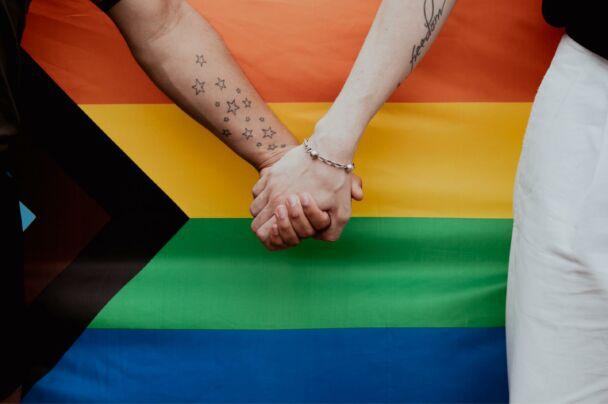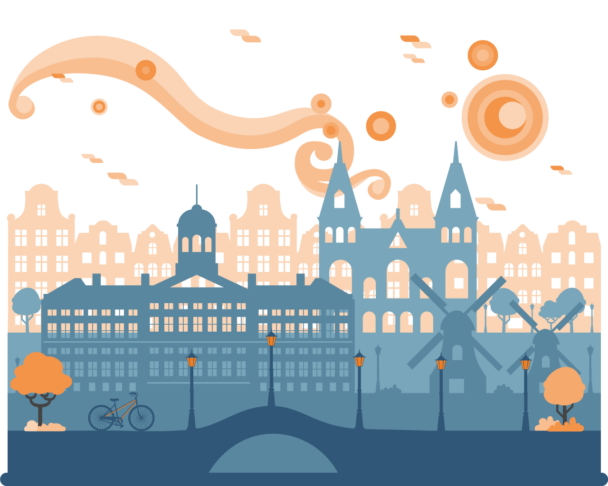Description
Gender fluid, non-binary, pansexuality, gender identity… are just some of the concepts that you have surely started to hear from the media or from your students. Don’t get left behind! Updating is vital if you want your students to feel understood and guided.
In this course, you will deepen your understanding of those and many other sexual concepts, as well as the differences between them. You will therefore acquire efficient tools to interact with the class while taking into consideration the whole sphere of sexuality.
Participants to the course will alternate short theoretical sessions with experiential exercises (e.g., role-playing games) apt for inviting reflection and integration of novel acquisitions.
Hence, the course will be dedicated not only to the explanation of sexuality but also to training the participants to manage different aspects of a school’s and student’s life that are interwoven with it. Accordingly, the course will prepare teachers to create a safe emotional environment that supports the students in the development and disclosure of their own sexuality.
By the end of the course, you will be able to differentiate, understand, and manage the different concepts of sexuality in a very simple and easy way. You will be equally able to explain its concepts and transmit these capacities to your students.
As a bonus, everything you learn in the course will also have a direct impact on your own sexuality, thanks to the self-reflection and deconstruction of some concepts such as gender or identity, allowing you to have a scientific and open vision about your own sexuality.
What is included
Learning outcomes
The course will help the participants to:
- Understand the most important basic concepts of sexuality, and differentiate them correctly;
- Introduce sexuality at school based on European standards;
- Listening to their students with confidence;
- Knowing how to guide or channel their students;
- Dealing with preconceptions and conflict connected to the topic of sexuality;
- Create a safe and inclusive environment for their students;
- Lead class discussion on any sexuality topic;
- Approach the conversation on sexuality with students of different educational levels;
- Guide students in their identification or sexual issues without imposing prejudices and stereotypes.
Tentative schedule
Day 1 – The importance of sexuality
- Introduction to the course, the school, and the external week activities;
- Icebreaker activities;
- Presentations of the participants’ schools;
- The Standards for Sexuality Education in Europe.
Day 2 – Who am I?
- Difference between sex and sexuality;
- Gender, gender identity, and gender roles;
- Assignment sex;
- Activity: “Identifying my prejudices”.
Day 3 – Who do I like?
- Sexual orientation;
- Vulnerability and the practical use in the classroom;
- Activity: Learning how to handle sexual orientation in the classroom.
Day 4 – What do I like?
- Sexual practices;
- Activity: “Yes” or “No”;
- Group reflection on the different practices.
Day 5 – How do I express who I am?
- Gender expression;
- Activity: “Coming out of the closet. We are all in”.
Day 6 – Course closure and cultural activities
- Course evaluation: summary of acquired competencies, feedback, and discussion;
- Awarding of the course Certificate of Attendance;
- Excursion and other external cultural activities.







